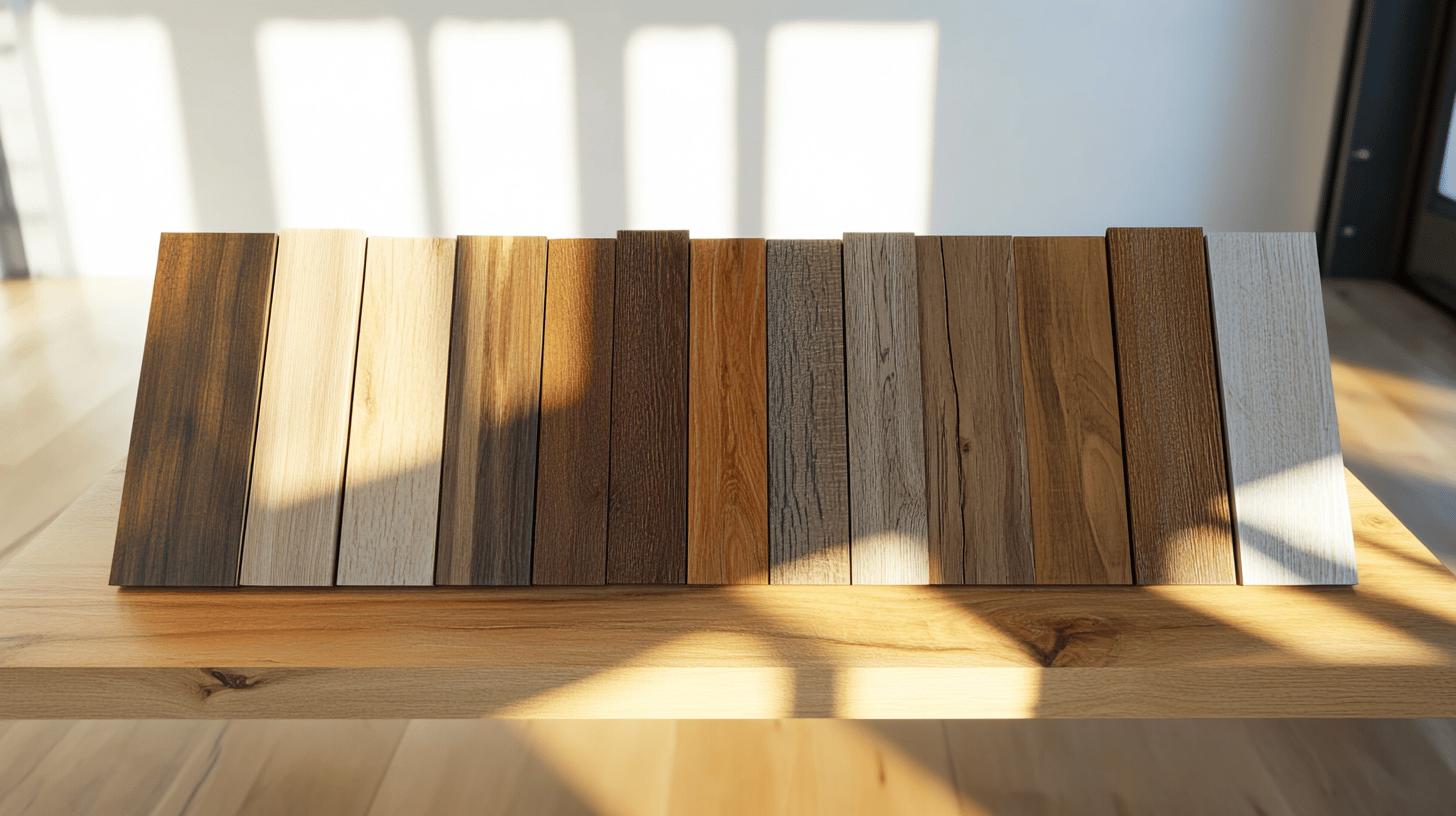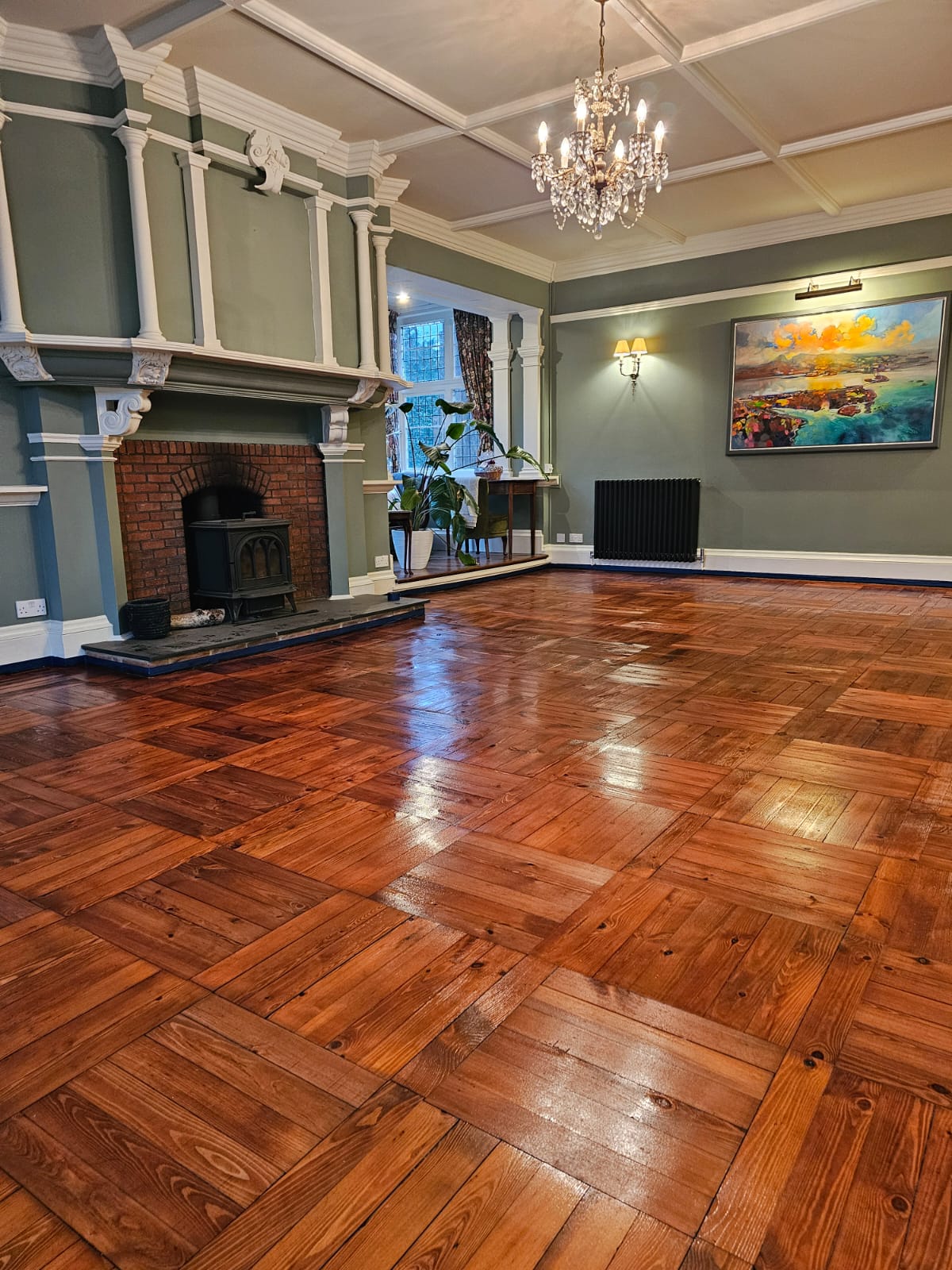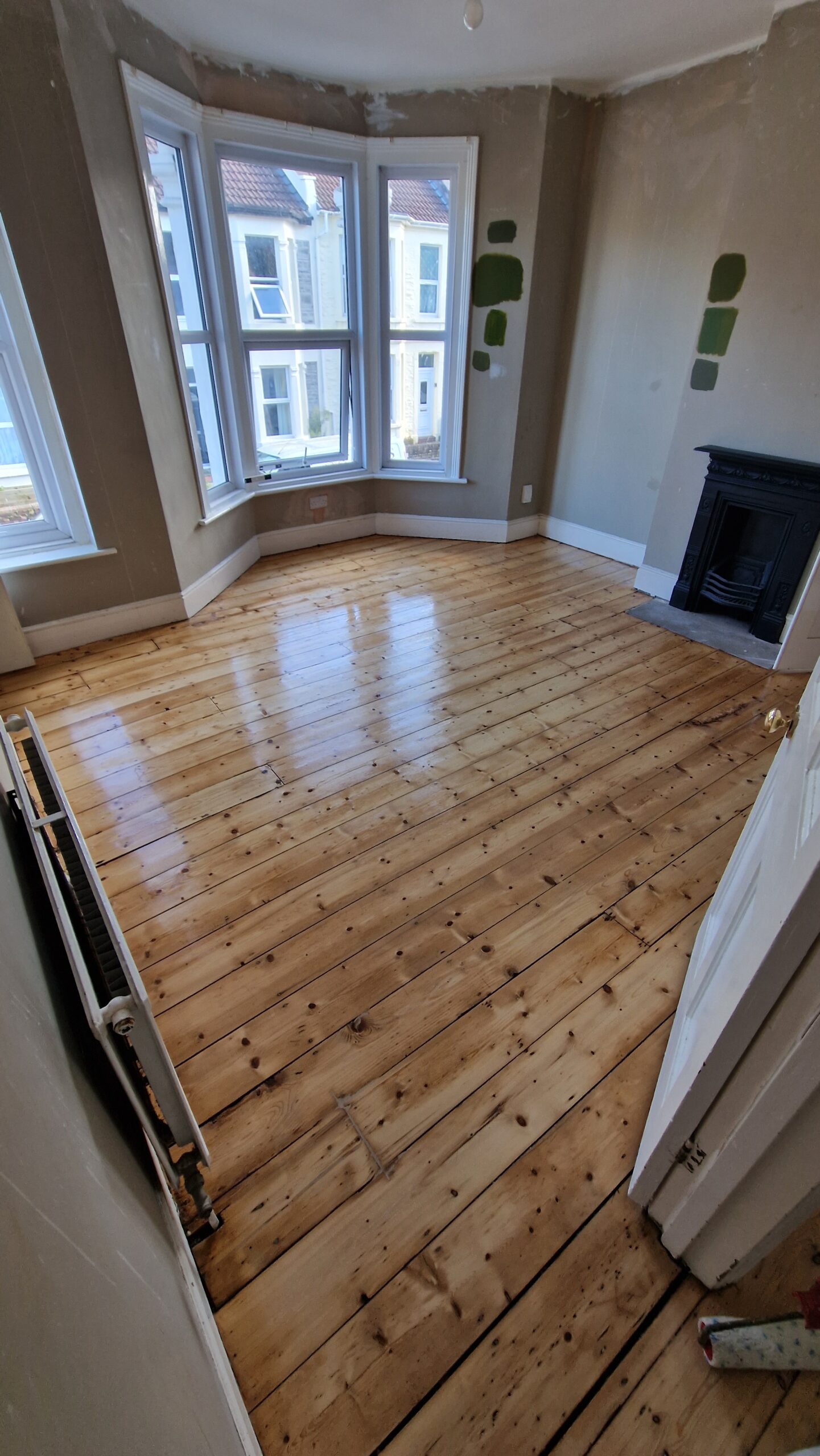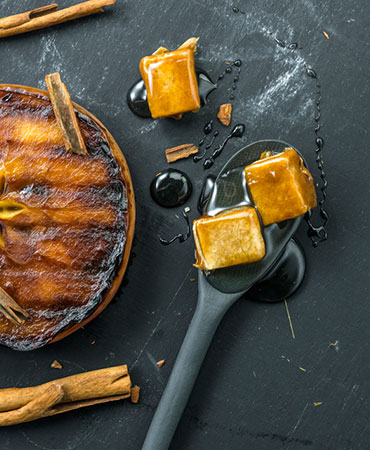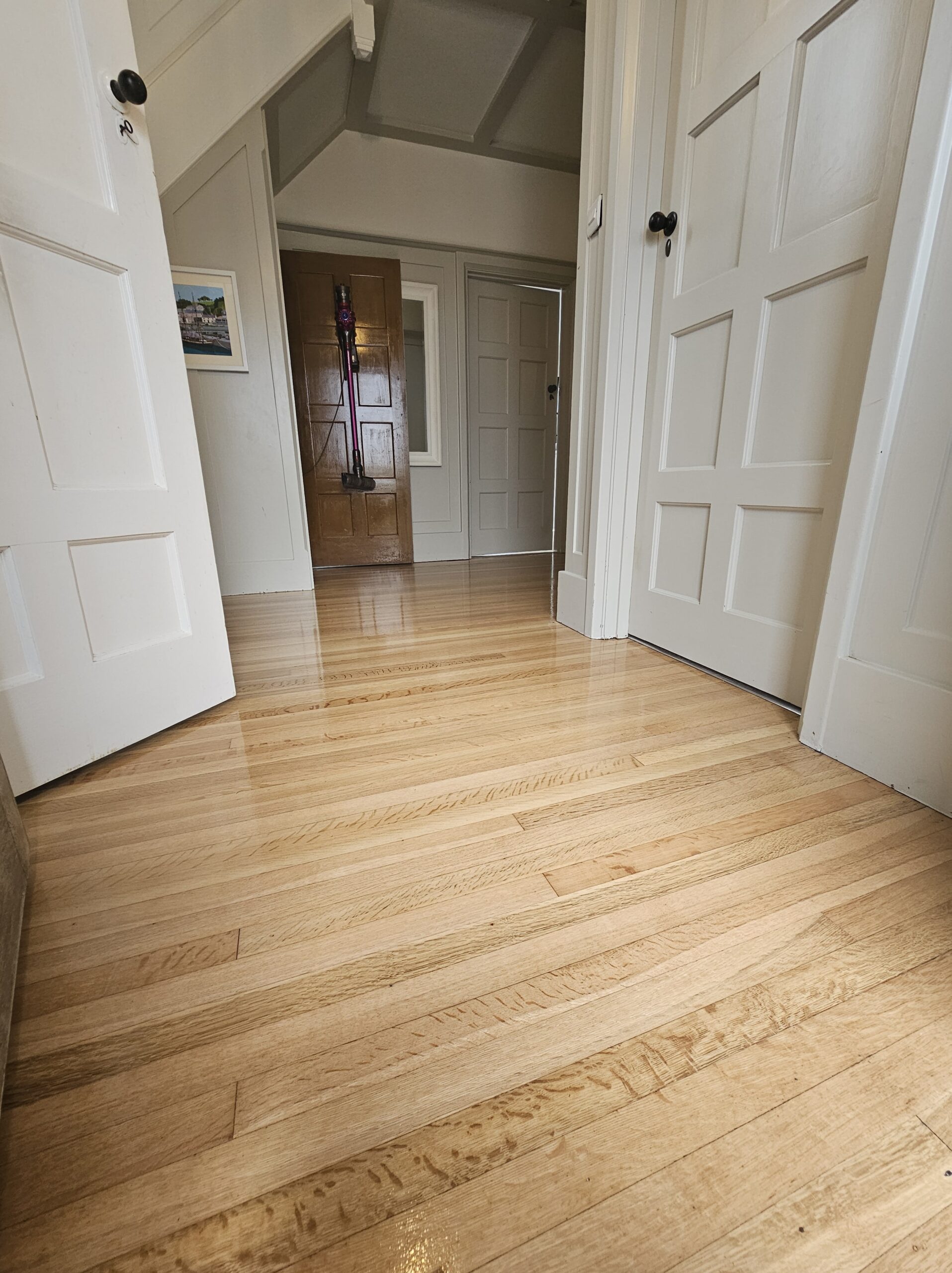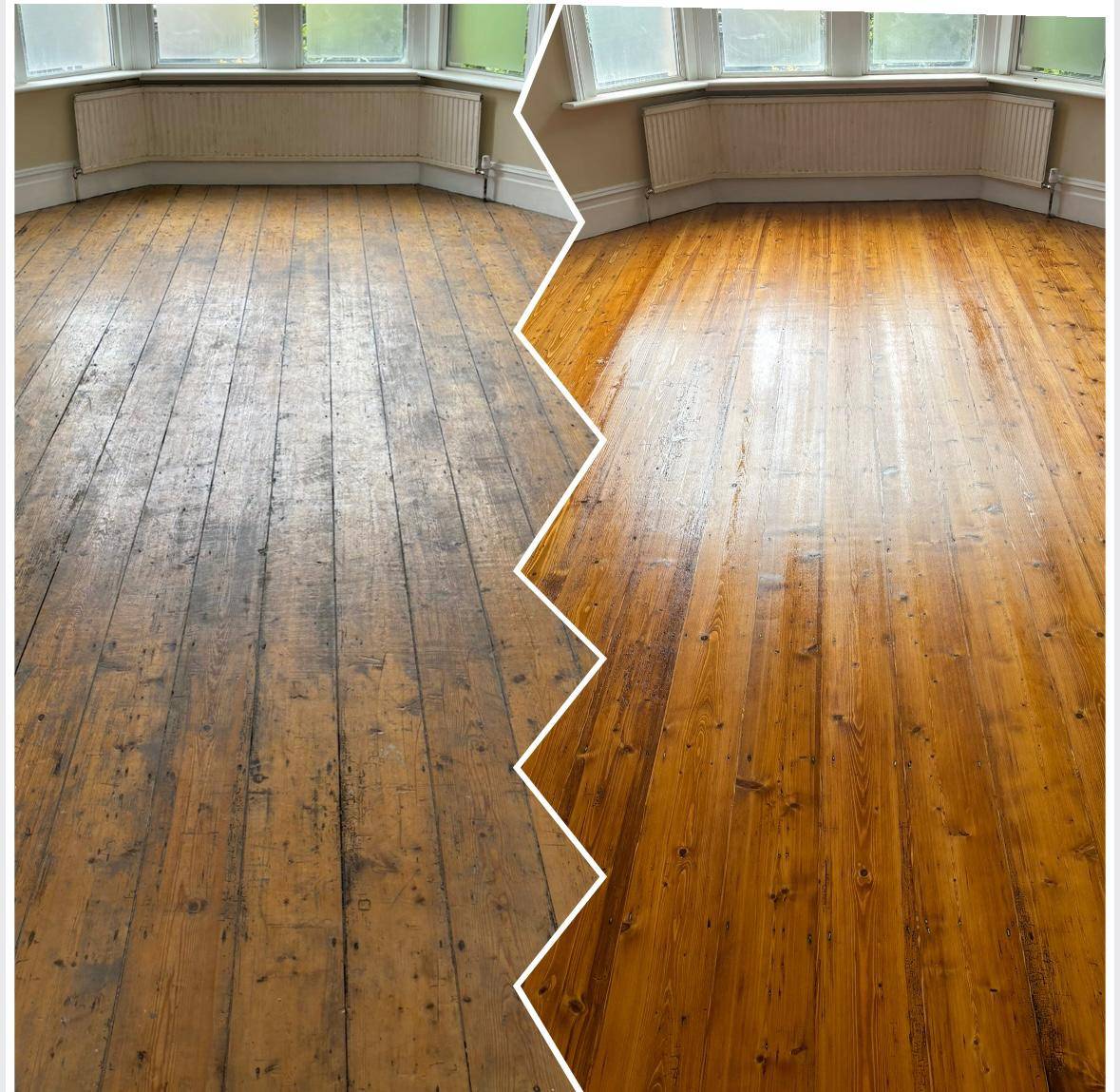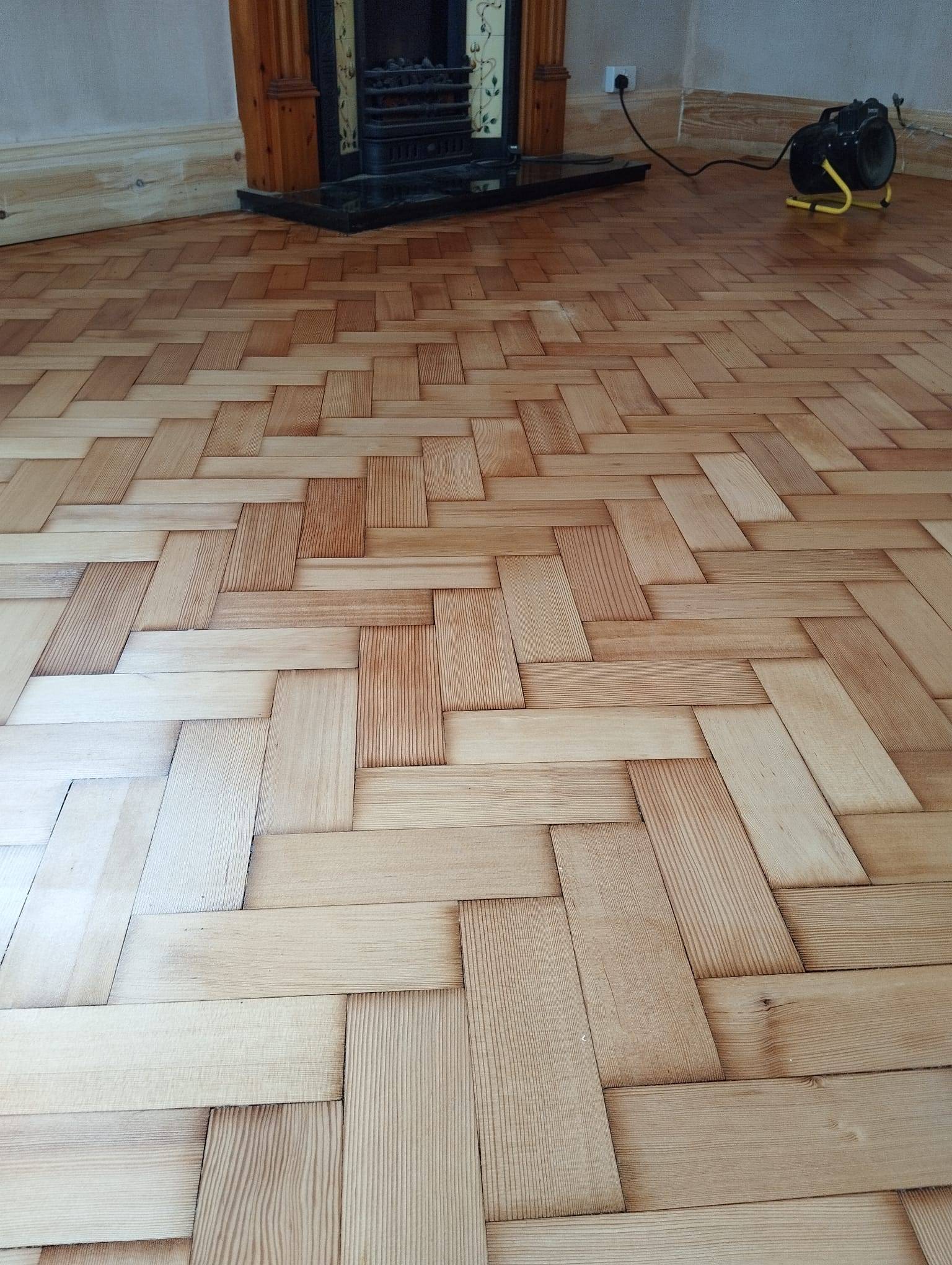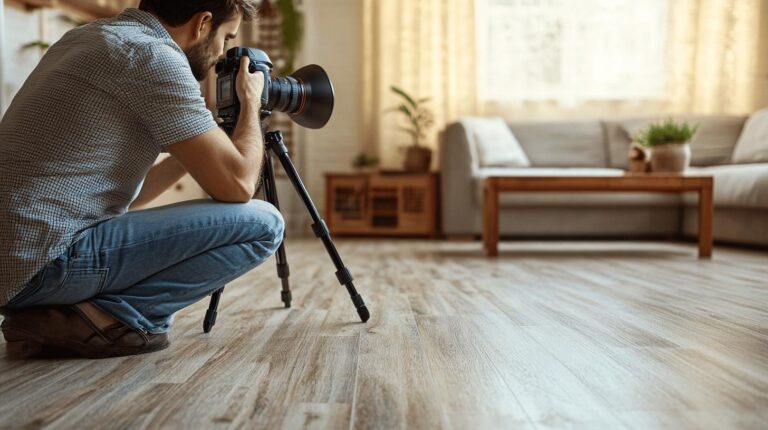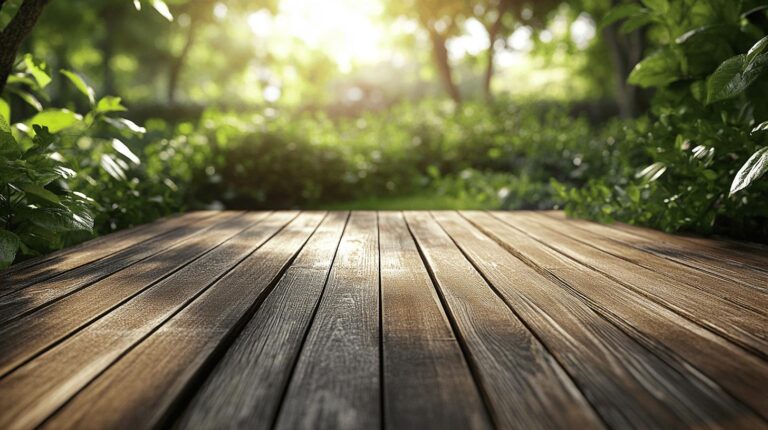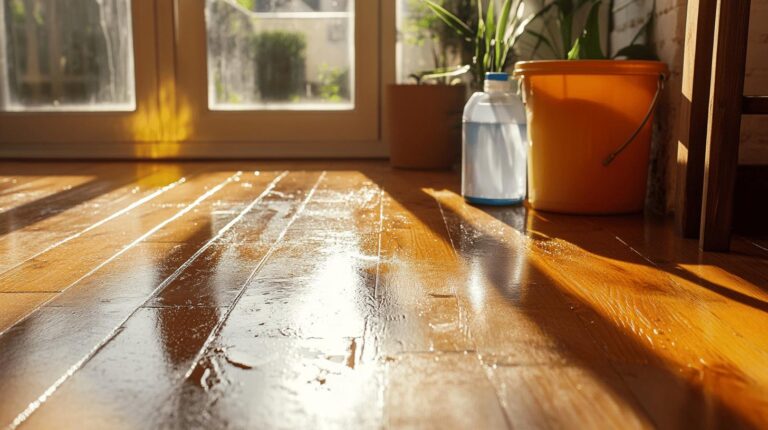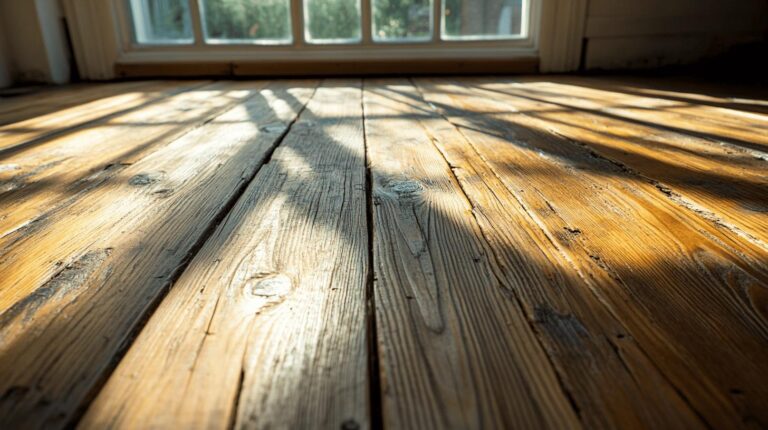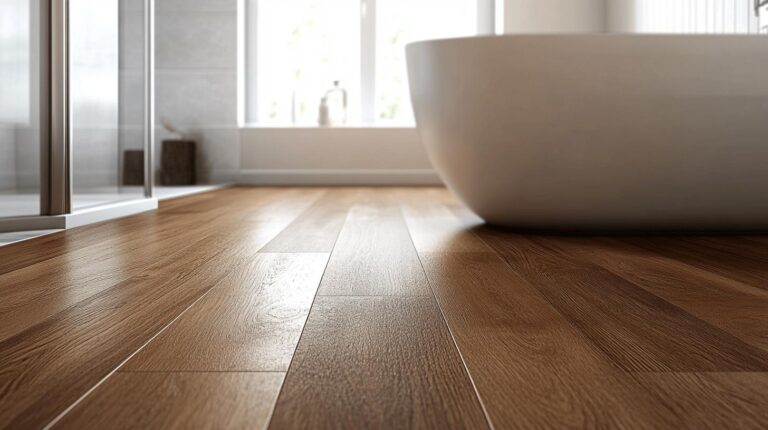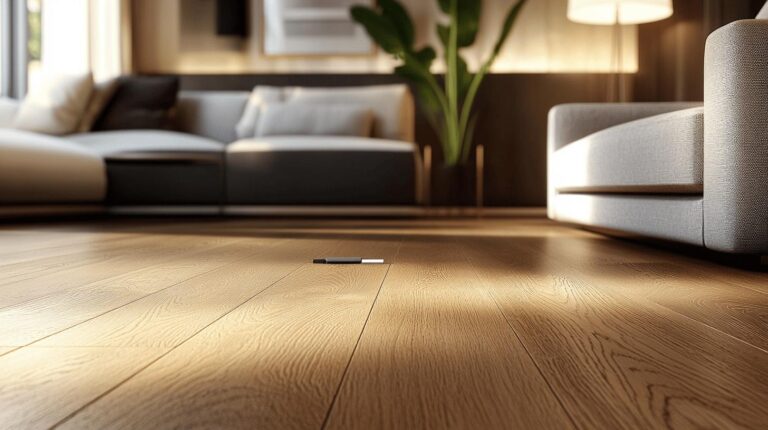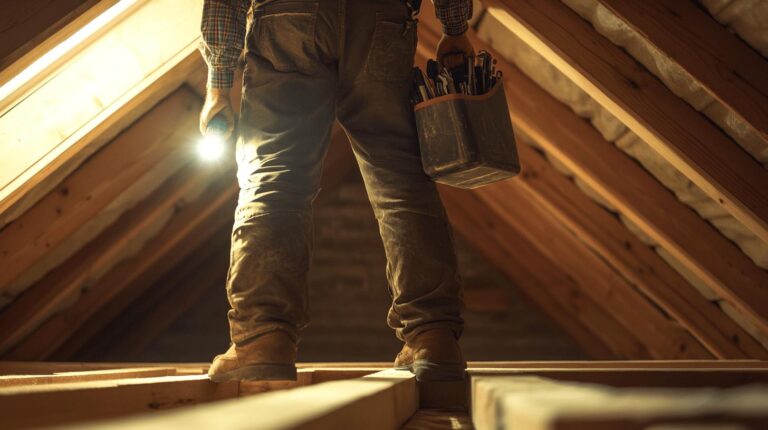Choosing the right wood floor grade for your space is a decision that extends beyond aesthetics; it involves considering the balance between visual appeal and cost-efficiency. Amidst the varied choices of prime, select, natural, and rustic, each grade offers unique characteristics in colour and texture, influencing not only the charm of your decor but also your financial investment. This article delves into understanding these wood floor grades, providing an authoritative guide to inform your selection process. Learn how tailoring wood grades enhances your home’s aesthetic and value while keeping budget considerations front and centre.
Exploring Different Wood Floor Grades
Wood floor grades play a crucial role in determining both the aesthetic appeal and cost of flooring projects. These classifications are based on specific features such as colour variation, the number and size of knots, and the presence of micro-cracks. The four main timber grading systems include prime, select, natural, and rustic, each imparting distinct visual characteristics and impacting the overall price of wood floor restoration. Understanding these differences is essential for making informed decisions that align with design preferences and budget constraints.
Prime-grade wood flooring is renowned for its uniformity, offering a sleek and consistent appearance with minimal knots and colour variation. This makes it the most expensive option, ideally suited for modern spaces aiming for a clean and refined aesthetic. In contrast, select-grade flooring introduces slight colour variations and small knots, providing a harmonious balance between elegance and affordability. It is favoured in settings that require a touch of natural charm without compromising on sophistication.
Natural and rustic grades, on the other hand, embrace more pronounced natural features. Natural grade wood displays noticeable knots and colour differences, offering a more characterful and inviting appearance suitable for traditional or rustic interiors. Rustic grade flooring, characterised by its textured surface and large knots, presents a unique and distinctive look, often at a lower cost. This grade is perfect for spaces where a rugged and authentic vibe is desired, making it a popular choice for casual and eclectic environments.
- Prime: Uniform appearance, minimal knots, ideal for sleek spaces.
- Select Slight colour variations and small knots, balancing aesthetics and cost.
- Natural: Noticeable knots, characterful, moderate price point.
- Rustic: Textured, large knots, unique look, lowest cost.
Matching Wood Grades to Your Space
Selecting the appropriate wood floor quality for various spaces is essential for achieving the desired aesthetic and functionality. Kitchens, for instance, benefit from prime or select grades due to their sleek appearance and durability, which can withstand frequent foot traffic and spills. Living rooms, in contrast, often serve as focal points of the home, making select or natural grades ideal for their ability to offer a balance of elegance and natural charm. Bedrooms, where a cosy and inviting atmosphere is preferred, may benefit from the texture and warmth of natural or rustic grades.
When considering how to match wood grades to interior design styles, it is crucial to consider the overall decor theme. Prime-grade wood, with its minimal knots and uniform appearance, suits modern and minimalist designs that prioritise clean lines and simplicity. For those aiming for a more traditional or eclectic look, natural or rustic grades add character and depth with their pronounced knots and colour variations. Select grade wood is versatile and can complement diverse design styles, offering subtle natural features that add charm without overpowering the space.
The environment and usage of a room play significant roles in determining the suitable wood grade. High-traffic areas, such as offices, require more durable options like prime grade to ensure longevity and minimal maintenance. In dining rooms, select-grade wood can provide a sophisticated yet welcoming ambience, balancing style with practicality. Humidity and temperature fluctuations should also be considered, as these factors can influence the wood’s performance over time.
Understanding the Impact of Wood Grades on Durability and Maintenance
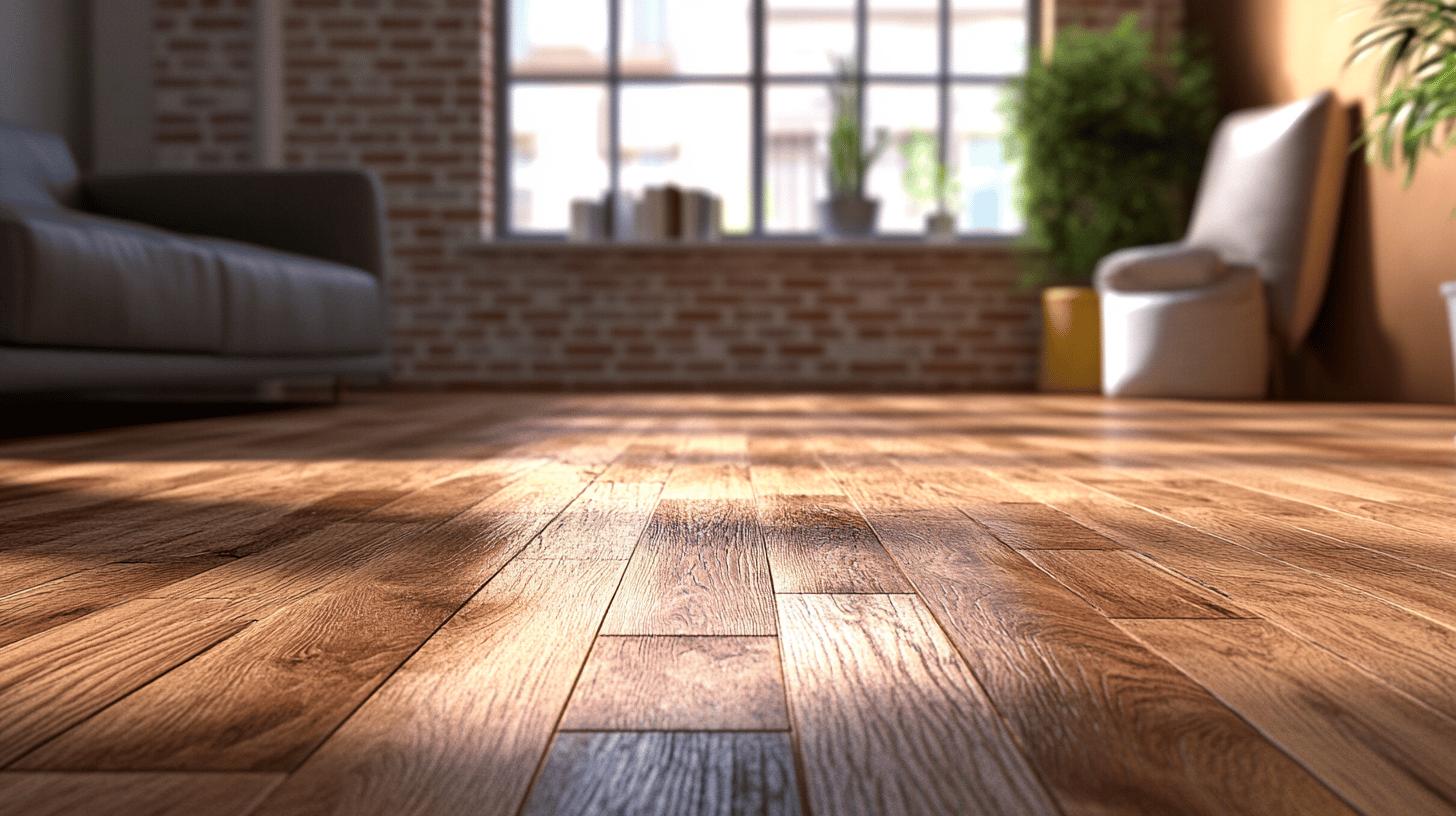
How do wood grades affect durability? Wood grades significantly influence the durability of flooring. Higher-grade woods, such as prime, generally exhibit fewer natural imperfections like knots and micro-cracks, which enhances their longevity and reduces the need for extensive maintenance. In contrast, rustic grades showcase more prominent natural features, including larger knots and noticeable colour variations, which may weaken the wood in certain areas. These characteristics can make rustic floors more susceptible to wear and tear, potentially impacting their durability over time.
What are the maintenance requirements for different wood grades? Maintenance needs vary across wood floor grades, with prime-grade floors typically requiring less upkeep due to their smoother, more uniform surface. Regular cleaning with a soft broom or a vacuum equipped with a wood floor attachment is usually sufficient to maintain their appearance, though periodic wood floor polishing may be needed. Conversely, rustic and natural grades may necessitate more frequent maintenance to preserve their aesthetic appeal and structural integrity. These grades often require deeper cleaning with a damp mop and a suitable wood cleaner, in addition to periodic applications of protective finishes or sealants to guard against moisture and scratches.
- Regularly clean using a soft broom or vacuum with a wood floor attachment.
- Use a damp mop with a suitable wood cleaner for deeper cleaning.
- Apply a protective finish or sealant as needed.
- Promptly treat scratches with a touch-up kit.
- Consider professional maintenance services for best results, such as those offered by Ryan’s Restoration.
Balancing Cost and Quality in Wood Floor Grades
When evaluating wood floor grades, understanding the cost differences is vital to making an informed decision. Prime-grade wood is the most expensive due to its refined and uniform appearance, with minimal knots and colour variations. This grade is ideal for those seeking a high-end, sleek aesthetic. In contrast, rustic-grade wood offers a more budget-friendly option, showcasing a textured look with larger knots and noticeable natural imperfections. The cost is significantly lower, making it an attractive choice for those aiming for a unique and characterful appearance without breaking the bank.
Eco-friendly considerations also play a crucial role in selecting the right wood floor grade. Choosing wood sourced from sustainably managed forests can help minimise environmental impact when considering floorboard replacement. Additionally, considering reclaimed wood is an excellent way to achieve an eco-friendly, cost-effective flooring solution. This option not only recycles existing materials but also adds a distinctive, historic charm to any space. Consulting with experts like Ryan’s Restoration can provide tailored advice, ensuring that the chosen wood floor grade aligns with both aesthetic goals and environmental values.
- Compare long-term benefits versus initial costs.
- Consider reclaimed wood for an eco-friendly, cost-effective option.
- Consult with experts like Ryan’s Restoration for tailored advice.
Visualising Wood Floor Grades: Aesthetic and Design Implications
Wood floor grades offer distinct aesthetic qualities that significantly influence interior design choices. Prime-grade wood is characterised by its uniform appearance, with minimal knots and colour variation, making it ideal for minimalistic and contemporary designs that prioritise clean lines and simplicity. In contrast, rustic-grade wood features pronounced natural variations, such as larger knots and more significant colour differences, offering a textured and unique look that complements rustic or vintage aesthetics. The choice between these grades depends on the desired visual impact and the specific design goals for the space.
The grain patterns inherent in different wood grades also play a pivotal role in enhancing various interior design styles. Prime-grade wood, with its subtle grain, aligns well with modern and sleek interiors, creating a seamless and polished look. Select and natural grades, which exhibit more noticeable grain patterns, can add warmth and character to traditional or eclectic settings. The interplay of light and shadow on these grains can create a dynamic visual effect, adding depth and interest to the flooring.
Selecting the appropriate wood grade is crucial for achieving the desired design outcome. For spaces aiming for a luxurious and refined atmosphere, prime-grade flooring is the optimal choice. On the other hand, select and natural grades provide a balance between elegance and natural charm, making them versatile options for various decor styles. Rustic grade wood is perfect for spaces where a bold and characterful statement is desired, offering a distinctive look that stands out. Understanding these aesthetic implications ensures a harmonious integration of wood flooring into the overall design scheme.
Visual Examples of Wood Grades
Visual examples can be instrumental in understanding the unique characteristics of each wood grade. Prime grade wood, for instance, presents a smooth and consistent finish, while select grade showcases subtle variations that offer a touch of natural beauty. Natural grade wood highlights more pronounced features like knots and colour variation, adding character to any space. Finally, rustic grade provides a rugged and textured appearance, ideal for those seeking a more authentic and individualised look. By examining these visual traits, homeowners and designers can make informed decisions that align with their stylistic preferences and functional needs.
Final Words
Grasping the intricacies of wood floor grades is crucial for selecting the right quality for your space. With options ranging from the polished appearance of prime grade to the characterful charm of rustic, each grade presents distinct visual and cost considerations. Superior grades demand less maintenance, offering better durability, while rustic options require more upkeep. Balancing expense and quality involves weighing initial costs against long-term gains and potential environmental impacts. Ultimately, selecting wisely enhances your home’s aesthetic and value, ensuring satisfaction with your flooring choice for years to come.
Choose the perfect wood floor grade for your home – Explore our guide at Ryan’s Restoration today!
FAQ
Q: What grade of wood flooring is best?
A: The best grade depends on your needs. Prime grade offers the most uniform appearance and is ideal for modern spaces, while rustic grade provides a more textured look at a lower cost.
Q: How can you tell good quality hardwood floors?
A: Good quality hardwood floors feature consistency in colour and minimal defects. Higher grades like prime or select indicate fewer imperfections and a more refined finish.
Q: What wood floor pattern makes a room look bigger?
A: Diagonal or herringbone patterns can make a room appear larger by drawing the eye across the floor, creating a sense of expanded space.
Q: What thickness of hardwood flooring should I buy?
A: The ideal thickness ranges from 18 to 20 mm for solid hardwood, providing both durability and longevity. Engineered wood can vary based on the wear layer, usually 3 to 7 mm.
Q: What does floor grade mean?
A: Floor grade refers to the classification of wood based on characteristics such as colour variation, knots, and micro-cracks, affecting both aesthetics and cost.
Q: What is the engineered wood floor level tolerance?
A: Engineered wood floors typically have a level tolerance of 3 mm over 2 metres, essential for ensuring stability and performance.
Q: How should you measure for wooden flooring?
A: Measure the room’s length and width, then multiply for the area. Add 5-10% extra for waste and future repairs.
Q: Can wood flooring be laid over underfloor heating?
A: Yes, but ensure the wood is suitable. Engineered wood is often preferred for its stability under heat changes.
Q: How do you measure a kitchen floor for flooring?
A: Start by dividing it into rectangles, measure each area, then sum them up. Account for cabinets and fixed units for precise calculations.
Q: How do you measure linoleum flooring?
A: Measure the room’s length and width, multiply to get the area, and purchase extra material to cover any waste or mistakes during installation.
